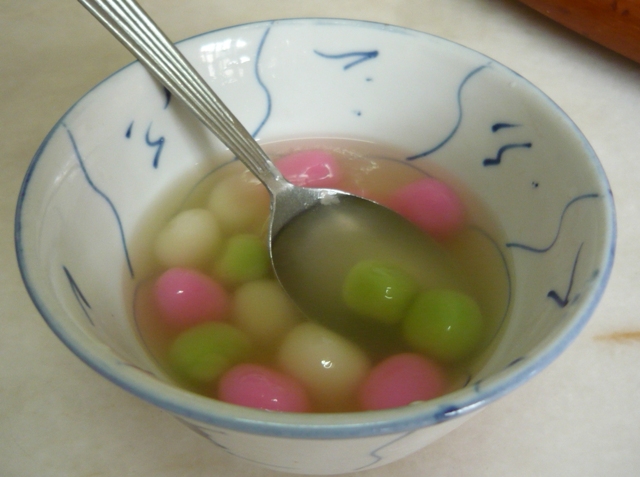The Dongzhì Festival /Tang Chek Festival or Winter Solstice Festival 冬至
This festival originated from China, as early as 770-476 BC. Ancient Chinese astronomers divided the whole year into 24 solar terms according to climate changes. The Chinese also found that the Winter Solstice was the shortest daytime and longest night time in the whole year. After winter solstice, daytime will grow increasingly longer as the sun slowly moves back to the northern hemisphere. Hence, Winter Solstice is a solar term in Chinese lunar calendar and often falls on December 22 or 23 (solar calendar) every year.
The festival that fall on this date is known as Dongzhi Festival or Tang Chek (in Hokkien) . During the Tang and Song Dynasties, ancestor worship was performed on the Winter Solstice. Today this tradition of celebrating Winter Solstice is a cultural practice for many Chinese worldwide and it is considered as an auspicious celebration.
In Malaysia and Singapore, the Dongzhi Festival is celebrated as family get together event. It is the time where families gather to make and eat tangyuan (湯圓) or balls of glutinuous rice balls, which symbolize reunion. Tangyuan are made of glutinuous rice which is grounded to a flour and then coloured. The flour balls may be plain or stuffed (with a sweet bean paste or ground nuts). They are cooked in a sweet light syrup or savoury broth. Some Chinese Taoist and Buddhist will make tangyuan offering to their ancestors on this day. Many Chinese also consider this a cultural event, a time for a family gathering.



